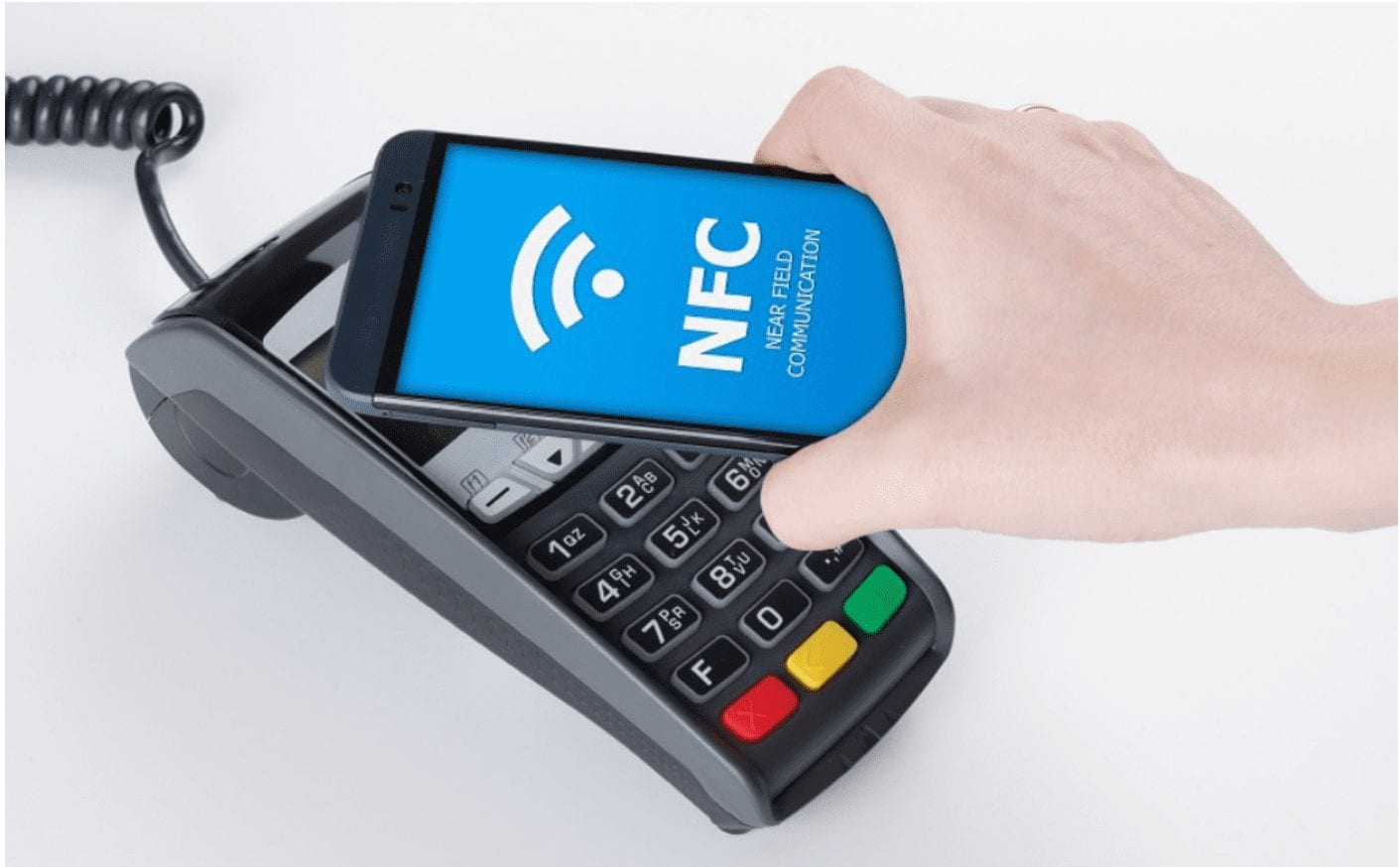We’re living in an era where mobile devices are seemingly glued to the hands of every person on the planet. Everyone has a smartphone within an arm’s reach.
As a merchant, you need to understand that consumers want to use their smartphones for everything, including paying for goods and services. It’s time to adapt.
Every merchant should be adopting a mobile payment infrastructure to serve the growing needs of its customers. I created this guide to give you a detailed overview about accepting mobile payments for credit card processing.
Why You Need to Accept Mobile Payments in 2020
According to Statista, more than one-third of Internet users across the globe have used mobile payments.
You need to understand the consumer mindset. People are carrying little to no cash. Credit cards have been the payment method of choice for years, but the industry is changing.
Mobile payments adoption in the US is growing at a steady pace.
While the penetration rates on this visual aren’t necessarily growing rapidly, I expect this trajectory to change in the near future.
Due to the COVID-19 pandemic, people here in the US and across the globe want to touch as little as possible while they’re shopping. In fact, Mastercard saw a 40% jump in contactless payments during Q1 of 2020.
The writing has been on the wall for quite some time now; mobile payments are the way of the future. But due to the unprecedented events that we’re experiencing in the world right now, we’re going to see a higher penetration rate than previously expected.
Types of Mobile Payment Technology
There are three main categories of mobile payments.
- NFC
- QR Codes
- iBeacon
As with any new technology, none of these solutions are perfect. I’ll break down the details, benefits, and potential drawbacks of each one below.
NFC for Mobile Payments
NFC stands for “near field communication.” This contactless data transfer system is similar to RFID.
The concept behind this mobile payment solution is very simple. When two devices that are both NFC-enabled come within range of each other, data can be transferred between them.
By bringing a smartphone within the range of credit card terminal, it can transfer the payment data required for credit card processing.
The majority of smartphones today have NFC technology built-in. It’s a safe way for both consumers and merchants to conduct transactions.
All of the sensitive data is stored securely. In many cases, the merchant won’t ever see the bank or card data associated with the transaction.
QR Codes for Mobile Payments
QR (quick response) codes are something that most of us probably familiar with for other use cases outside of payment processing.
A QR code works very similarly to a typical barcode. But they’re digital, as opposed to relying on a one-dimensional analog scan. With the help of a QR code reader app, a smartphone camera can be converted into a QR code scanner.
Compared to a standard barcode, QR codes embed significantly more data. This makes it possible for QR codes to complete mobile payments.
Payment apps make it possible for consumers to generate a QR code that contains their card details. Assuming a merchant has the right technology, they can scan that code directly on the customer’s device using the QR scanner associated with the POS system.
iBeacon for Mobile Payments
iBeacon was developed by Apple. This technology uses BLE (Bluetooth low energy), which is also known as “Bluetooth Smart.”
In most cases, iBeacon technology isn’t used for payment processing, although it does have that capability. Most businesses leverage iBeacons for location-based marketing. For example, an iBeacon set up in a store can recognize when an iBeacon-enabled smartphone is nearby and send that device a coupon or promotional offer.
But some businesses are using beacon-based mobile payments to process credit card transactions.
iBeacons work the same as NFC payments, meaning the phone wirelessly transmits payment information. But NFC payments don’t require nearly as much Bluetooth or power as beacons.
How to Accept Mobile Payments For Credit Card Processing
Now that you have more information about how mobile payment technology works, it’s time to take steps toward accepting mobile payments at your business.
Upgrade Your Outdated Equipment
The first thing you need to do is make sure that your equipment is capable of processing mobile payments. Not every POS system and terminal will have these capabilities.
Even if you recently upgraded to a credit card terminal that is EMV compliant, it doesn’t necessarily mean that the equipment is compatible with NFC technology or other mobile payment methods.
Talk to your merchant service provider or whoever issued your equipment about upgrading to the most modern solutions.
Use Card Readers to Accept Mobile Payments On the Go
In addition to accepting mobile payments in-store, some merchants should look into card readers for accepting mobile payments on the go.
Not every business operates within a brick and mortar structure. For example, let’s say you have company with field service workers that perform jobs on the road in customer homes or in other businesses.
Mobile card readers allow your staff to turn a smartphone or tablet into a POS terminal. You can also get a compact reader for mobile payments on the go.
Final Thoughts
Mobile technology is clearly the way of the future. It’s penetrating every business, task, and industry—including payment processing.
Consumers were slowly transitioning to using mobile payment methods more frequently. But with the current COVID-19 global pandemic that we’re living through, the consumer needs are rapidly changing.
People want a safe way to shop. Not only do they want safety from fraudsters and protecting sensitive card information against theft, but people also need protection from potentially harmful germs.
Mobile payment technology addresses both of these concerns.


